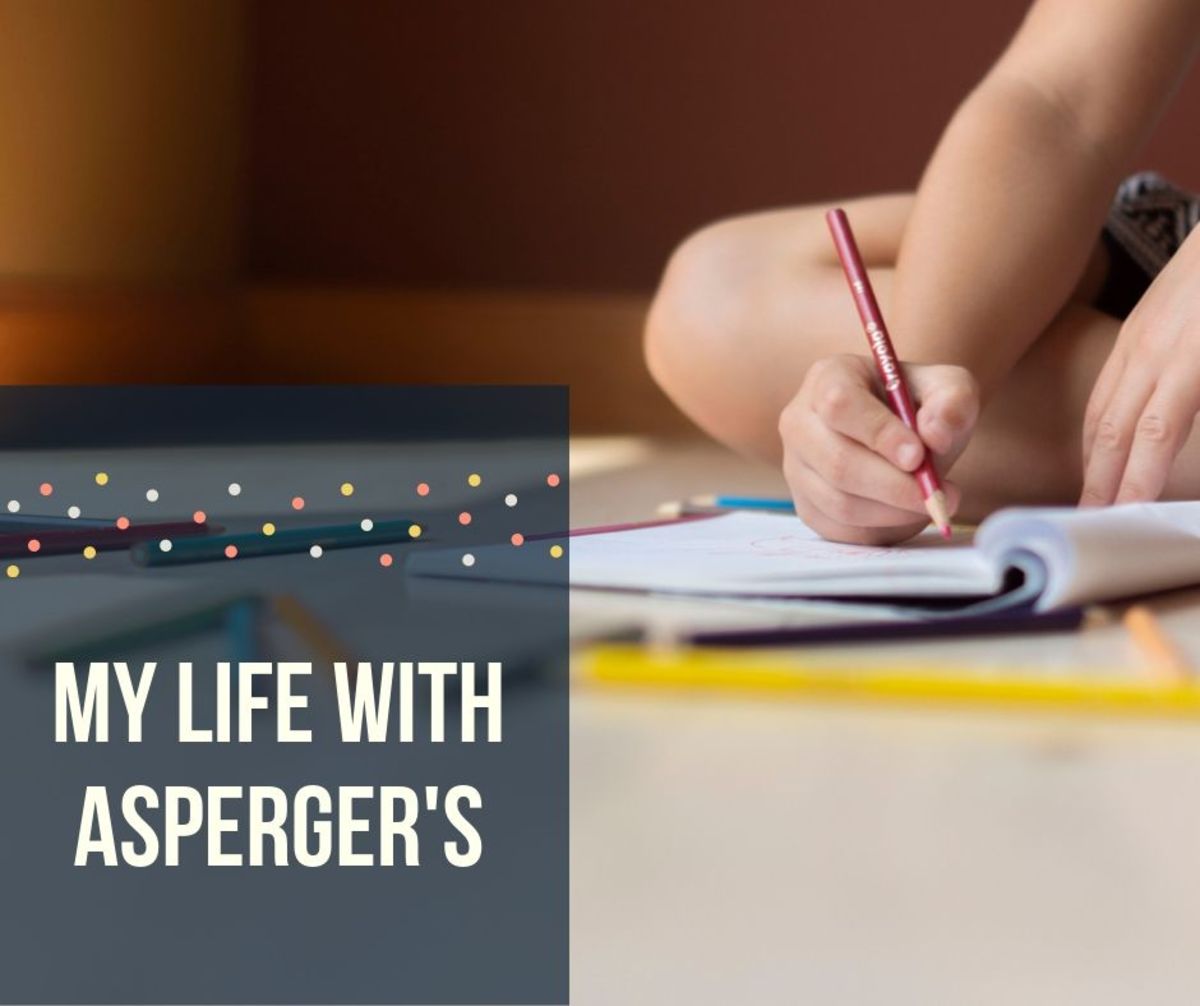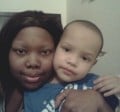- HubPages»
- Health»
- Diseases, Disorders & Conditions»
- Autism & Asperger's Syndrome
Navigating Life With a Child Newly Diagnosed as Autistic
As a mother, I observed a few symptoms in my daughter throughout her early years, particularly her baby and childhood stages. However, I didn't think much of it then because I wasn't experienced with motherhood. She had some tendencies I didn't understand, like banging her head on the mattress to fall asleep, walking on her tip-toes, and showing discomfort toward certain textures and clothing. She also experienced severe shyness and had difficulties communicating in noisy environments. One diagnosis after her child wellness test changed everything - she was identified as having high-functioning autism. This diagnosis means that she has to tackle life with a little extra effort, but it's not a barrier to living her life to the fullest.
While I was confused about the differences between high-functioning autism and Asperger syndrome, learning more about them helped me better understand my daughter's needs. As her mother, it's my responsibility to nurture her interests and provide her the support she requires. I realized it's essential to show love and affection according to her comfort zone, not mine, and be careful about how I approach her when she's feeling distressed. I think homeschooling was the best decision I could make as it provides my daughter with the ability to learn and work at her own pace without being overwhelmed or compared to anyone.
The distinction between high-functioning autism (HFA) and Asperger's syndrome (AS) has been somewhat controversial. In the most recent edition of the Diagnostic and Statistical Manual of Mental Disorders (DSM-5), Asperger's syndrome is no longer recognized as a separate disorder. Instead, it has been subsumed under the broader umbrella term "Autism Spectrum Disorder" (ASD), which includes HFA, AS, and other similar conditions.
Historically, the main difference between HFA and AS was that individuals with HFA had delayed language development, while those with AS typically had normal to advanced language skills. However, this distinction has been blurred over time as it has become clear that language ability can vary widely among individuals on the autism spectrum.
In general, the term HFA describes individuals with autism who have average or above-average intelligence and relatively high levels of language and cognitive functioning but may still struggle with social communication and interaction. However, AS was initially used to describe individuals with average or high intelligence and specific difficulties with social interaction and narrow interests but with minimal delays in language development.
As previously mentioned, these distinctions have become less relevant in light of the new ASD diagnosis that encompasses a broad range of symptoms and severities, and the most crucial thing for individuals is to receive a proper diagnosis and support tailored to their specific needs.
If you have a child with mild autism, there are several things you can do to support them and help them navigate the world. First and foremost, it's essential to be aware of their needs and preferences. This means taking the time to understand what causes them anxiety and what helps to calm them down. It also means showing them love and affection in ways that make them feel comfortable, whether by giving them space or offering physical touch.
It's also essential to nurture your child's interests and talents. Encourage them to pursue activities they enjoy and are good at, which can help build their confidence and self-worth. Consider enrolling them in activities or programs that cater to their interests and abilities, whether art classes, sports teams, or clubs.
Socialization is also an essential aspect of development for children with mild autism. However, it's important to approach social situations comfortably and non-threateningly. This may mean starting with small, low-pressure social events, such as playdates with one or two other children, and gradually building up to more significant events.
Many children with autism find deep pressure, tactile, or auditory input calming. Sensory toys like fidget spinners, textured balls, or noise-canceling headphones can help manage anxiety or stress.
Creating a visual schedule can be very useful for children with autism as it provides structure and routine, helping them to understand what is expected of them. Amazon offers several visual schedule products, including calendars, timers, and task boards.
Some children with autism have an oral fixation and chew on objects like pens or clothing. Chewable jewelry, like necklaces or bracelets, can provide a safe and appropriate outlet for this behavior while being stylish and functional.
Children with autism often find relief in deep pressure or weighted stimulation. Weighted blankets can help soothe and calm children, particularly those with difficulty sleeping.
Finding ways to engage your child's interests and encourage learning can be challenging, but fortunately, Amazon offers various educational games and activities designed specifically for children with autism.
Remember, every child with autism is unique, and what works for one child may not work for another. The key is to be patient, understanding, and willing to learn and adapt. It's essential to seek resources and support from medical professionals, educators, and other parents of children with autism. These support systems can provide invaluable guidance, advice, and a place to share experiences and frustrations. Remember, you are not alone in this journey; help and support are available to you and your child.
This content is accurate and true to the best of the author’s knowledge and does not substitute for diagnosis, prognosis, treatment, prescription, and/or dietary advice from a licensed health professional. Drugs, supplements, and natural remedies may have dangerous side effects. If pregnant or nursing, consult with a qualified provider on an individual basis. Seek immediate help if you are experiencing a medical emergency.
© 2018 Charlotte Doyle








